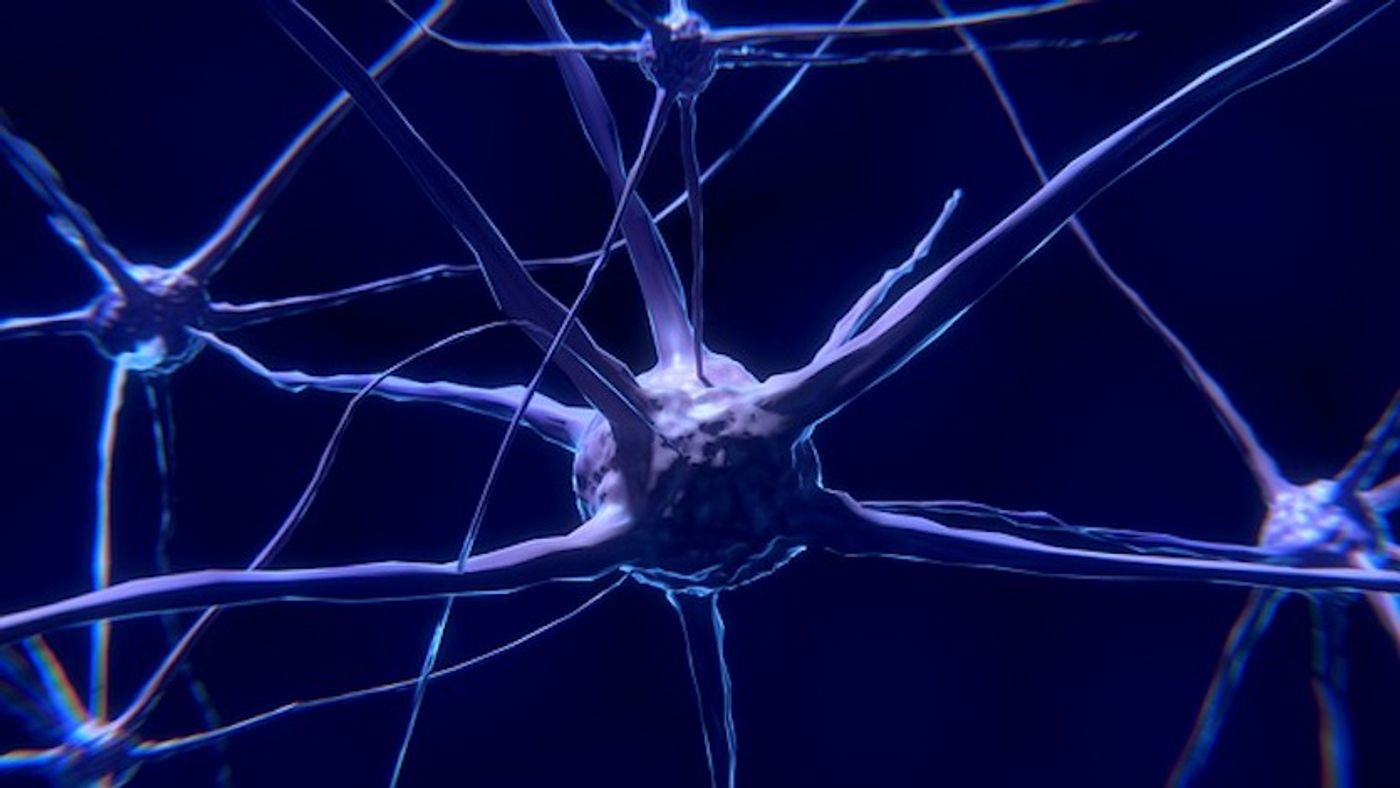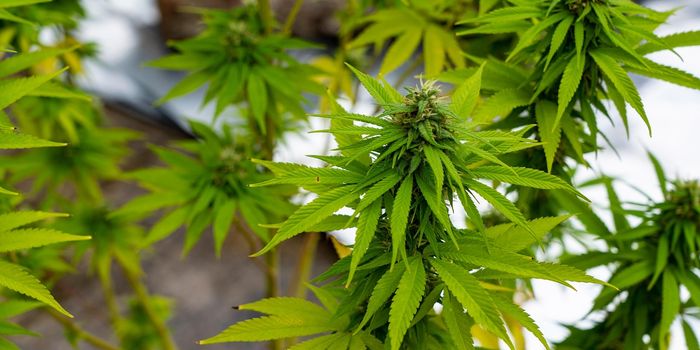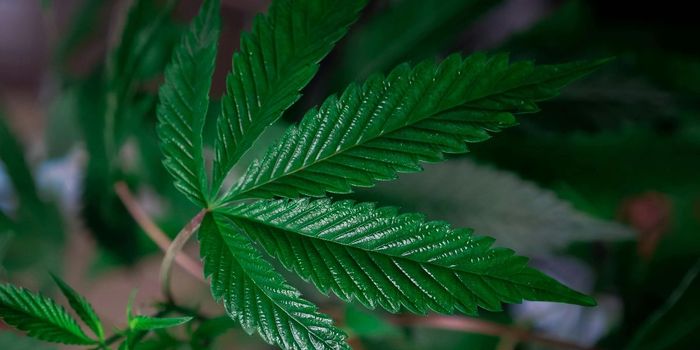Marijuana Withdrawal Syndrome
The perception that you cannot suffer withdrawal from marijuana is fairly prevalent. Dr. Samuel Wilkinson and colleagues from the Department of Psychiatry at Yale University have data to support this perception. In their study of marijuana's perceived safety, many of the participants (31 veterans currently in addiction treatment) claimed that there was no physical withdrawal and little addiction potential. Even among clinicians, the concept of a marijuana withdrawal syndrome (MWS) was controversial until relatively recently and was not included in the Diagnostic and Statistical Manual (DSM), the go-to reference book for psychiatrists, as a disorder in its fourth version (DSM-IV) published in 1994 nor in its text revision (DSM-IV-TR) published in 2000.
Photo Source: Pixabay.com
Despite these dated perceptions, MWS has now been accepted by the clinical community as real. It has even made it into the most recent edition of the DSM, the DSM-V published in 2013. According to the manual, MWS is characterized by several behavioral, emotional, and physical symptoms. Some of these symptoms include aggression, anxiety, insomnia, decreased appetite, chills, sweating, and nightmares. Not everyone who smokes pot will have MWS. Only about 12% of casual smokers report symptoms of MWS upon cessation. This relatively low prevalence rate may be behind the misconception that there is no withdrawal syndrome. Or it could be because most of the symptoms are psychological and not physical.
These views are highly dependent on the individual's perception of the health hazards associated with marijuana. However, the appearance of MWS is highly correlated with cannabis use disorder (CUD), which is defined by marijuana abuse and dependence. Around 90% of patients with CUD experience MWS. Chronic users with CUD could suffer from MWS for almost 4 weeks.
Interestingly, this is approximately the biological timeframe for the alterations in the brain, due to chronic THC exposure, to return to normal. For example, changes in the amygdala could be responsible for the irritation, aggression, and anxiety symptoms. The amygdala is heavily involved in the "fight or flight" response, so chronic use may desensitize this region. Upon cessation, the amygdala could become hyperactive. Other neurological changes that could predict MWS include the downregulation of cannabinoid receptors (CB) due to chronic smoking. After quitting, these receptors need time to return to normal levels. This low tone of endocannabinoid activity could be behind some of the symptoms of MWS.
There are a variety of ways to treat the symptoms of MSW. There is the pharmaceutical route, with drugs like gabapentin, dronabinol, nabiximols, and cannabidiol. Insomnia, a regularly reported symptom, has been treated with sleep medications with moderate success. Increased aerobic exercise has also been shown to be effective.
Note that MWS is a syndrome characterized mainly by behavioral and emotional disruptions lasting approximately 4 weeks. MWS and its neurological underpinnings are not thought to be involved in the prolonged craving and rate of relapse. These issues are thought to arise through neuroplastic changes that occur on a cellular and molecular level. Unfortunately, the time course for these symptoms can be years if not a lifetime. Once a pothead, always a pothead?
Sources: The Psychiatric Quarterly, Psychiatric Times, Diagnostic and Statistical Manual of Mental Disorders (DSM–5), Drug and Alcohol Dependence, Addiction, Substance Abuse and Rehabilitation, Addictive Behaviors, Nature Reviews. Neuroscience.










